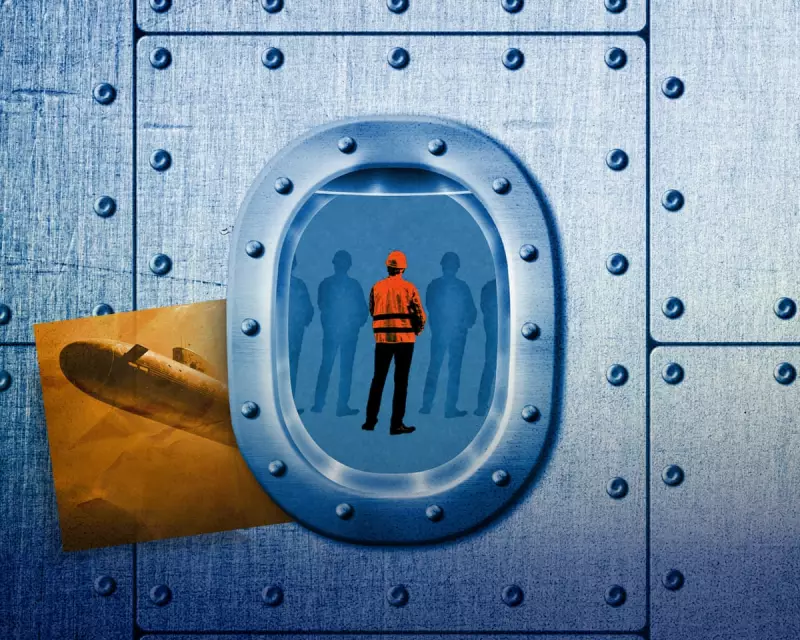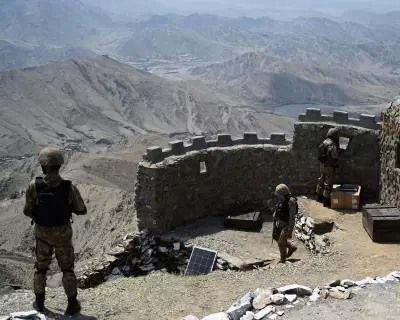
Australia is embarking on an unprecedented defence workforce expansion that will see its nuclear submarine personnel numbers quadruple over the coming years, as the nation races to meet its ambitious AUKUS commitments.
The Scale of the Challenge
Defence industry officials have revealed that Australia's nuclear-powered submarine workforce must grow from approximately 1,500 personnel today to between 5,000 and 6,000 over the next decade. This massive expansion represents one of the most significant defence recruitment challenges in the nation's history.
The workforce will need to include highly specialised roles including nuclear engineers, technicians, and naval architects, many of which require years of specialised training and security clearance processes.
Building from the Ground Up
Australia faces the unique challenge of building a nuclear submarine workforce essentially from scratch. Unlike traditional naval powers, Australia has no existing nuclear industry to draw upon, requiring the development of entirely new training pipelines and career pathways.
Key initiatives already underway include:
- Enhanced training programmes with international partners
- Development of specialised educational pathways
- Competitive compensation packages to attract top talent
- Partnerships with Australian universities and technical colleges
International Collaboration at the Core
The AUKUS partnership with the United States and United Kingdom remains central to Australia's workforce development strategy. Australian personnel are already receiving training at nuclear facilities in both countries, gaining hands-on experience that will be crucial for operating and maintaining the future submarine fleet.
This international knowledge transfer is considered essential for building the domestic expertise needed to sustain Australia's nuclear submarine programme in the long term.
Economic and Strategic Implications
The workforce expansion represents not just a defence priority but a significant economic opportunity. The programme is expected to create thousands of high-skilled, high-wage jobs across multiple states, with particular concentration in South Australia and Western Australia where submarine construction and maintenance facilities will be located.
However, defence officials acknowledge the programme faces stiff competition for talent from other growing industries, including renewable energy and technology sectors that require similar technical skills.
The success of this workforce expansion will ultimately determine Australia's ability to field and maintain a credible nuclear-powered submarine capability, a cornerstone of the nation's future defence strategy in an increasingly complex Indo-Pacific region.





